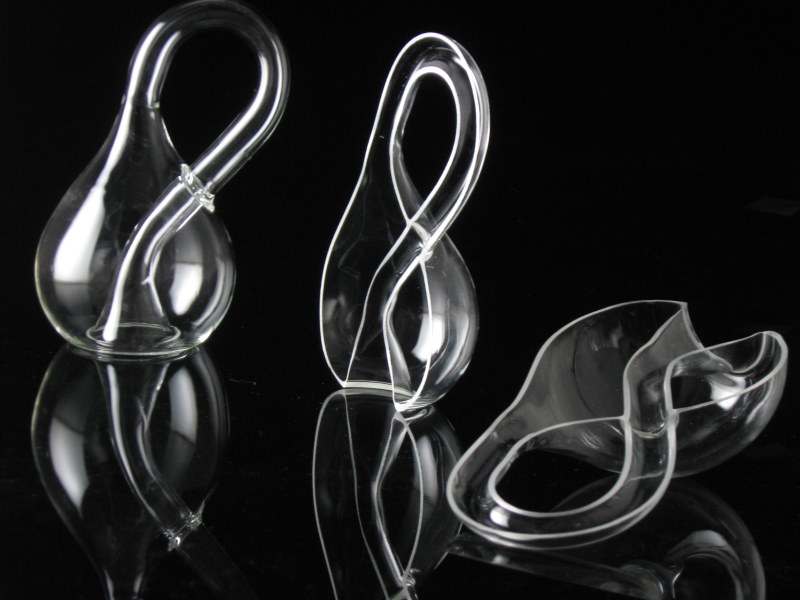Yes, a compact, orientable two-dimensional manifold in R^3 separates the space into an outside and an inside. The problem with L. Spiro's sentence is "share at least one other edge". That suggests that an edge could be shared between more than two polygons, and then we are not talking about oriented manifolds anymore.
I think the original question, as it was posed, makes perfect sense if you interpret the polygons as being two-sided (which is what most non-computer-graphics people call a "polygon").
I think you need to consider a graph whose nodes are the sides of the polygons (so two nodes per polygon) and whose edges represent adjacency (i.e., sharing an edge facing the same way, with no other polygons getting in the way). The connected components of this graph correspond to the borders of the volumes that the polygons separate the space into.







